This week, Facebook announced it would be enhancing its security measures on brand pages to remove fraudulent ‘likes’ generated by spambots, malware or from fake accounts. The problem is, according to Facebook, quite small, with the average brand page likely to see less than a 1% reduction in ‘likes’ following the clean-up. Such problems are not confined to Facebook, and Twitter arguably has a greater and more visible issue with spam that it too will need to tackle.
Facebook, like Google in the early days of AdWords, should of course be applauded for taking a zero-tolerance approach to fraud. However, the ensuing debate has brought to the fore the issue of the price that brands should put on a ‘like’ or a fan on a social platform.
Too often this is the metric that senior decision makers ask for and unfortunately there are large numbers of companies which, in search of a quick headline, conduct “research” to determine that this magic number is 50p or £2.50 or £7.92. Arguably, both the question and the apparently easy answers to it are meaningless.
“The emphasis should be on the lifetime value of the customer”
It would make life easier if we could reduce social media interactions to a CPC or Media Equivalent Value figure, but in the real world we’re not dealing with clicks but communities.
These metrics tend to look at the cost of acquiring a fan or a ‘like’ when the emphasis should be on trying to calculate the lifetime value of the customer. This is a much more complicated process, but it is surprising how many brands are not looking to define the parameters and then trying to measure this value from their social media fans.
This process is of course easier when fans are buying from you online, where traffic and promotions can be tracked. But how do you separate cause and effect? Has someone become a fan because they buy from you regularly?
This is why comparisons need to be made to control groups of customers who are non-fans - and this should go beyond transactional values alone. Which group is most loyal? Which group visits physical stores more often? Which group recommends your products and services to friends and family most often? These are just some of the questions that need to form a framework to truly measure social value.
As Facebook writes on its own blog: “A ‘like’ that doesn’t come from someone truly interested in connecting with a page benefits no one.” Ultimately, this needs to be the starting point for both building social media communities and measuring the real value that can be derived from them.










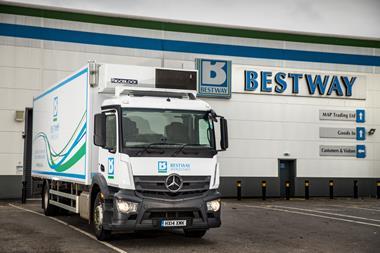

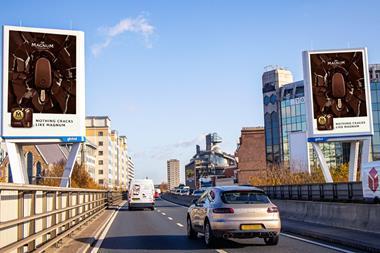


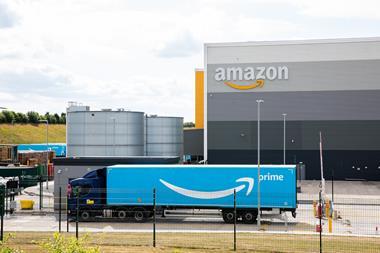
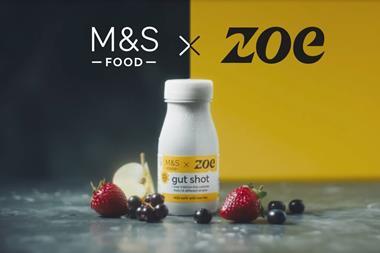

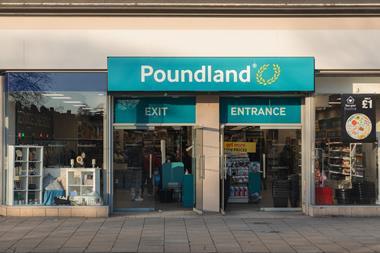
No comments yet